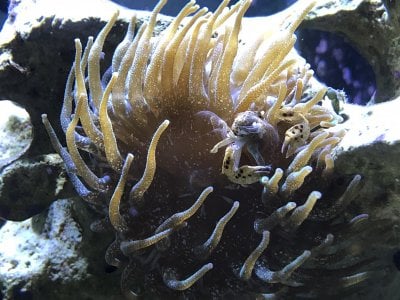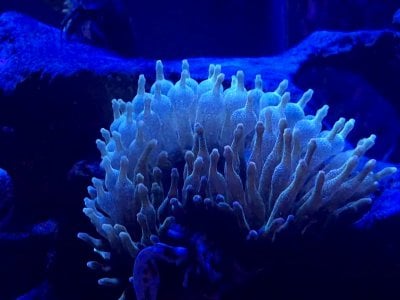- Joined
- Jul 26, 2018
- Messages
- 140
- Reaction score
- 104
I've heard it's much better to get the anemone BEFORE all your expensive corals because it has a high likelihood to move around at first and kill your fancy stuff.
I'd like to understand if the bias towards waiting a 6-12 months is more about the new reefer waiting that long or actually letting a tank cycle that long.
On that note, what exactly are the "parameters" swings that people are concerned with during the first 12 months of a tank setup that somehow doesn't matter for delicate corals and other inverts? Are you referring to ammonia/nitrite spikes? Or some other type of swing? Ammonia/nitrite spike is the only thing I can think of that has anything to do with duration the tank is setup. Even then, when a tank is set with well established live rock (that has very minimal die off) shouldn't it be stable pretty fast? It has been seen commonly that tanks don't always go through a significant noticeable cycle if the live rock is well established.
I'd like to understand if the bias towards waiting a 6-12 months is more about the new reefer waiting that long or actually letting a tank cycle that long.
On that note, what exactly are the "parameters" swings that people are concerned with during the first 12 months of a tank setup that somehow doesn't matter for delicate corals and other inverts? Are you referring to ammonia/nitrite spikes? Or some other type of swing? Ammonia/nitrite spike is the only thing I can think of that has anything to do with duration the tank is setup. Even then, when a tank is set with well established live rock (that has very minimal die off) shouldn't it be stable pretty fast? It has been seen commonly that tanks don't always go through a significant noticeable cycle if the live rock is well established.






























